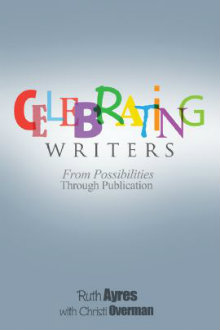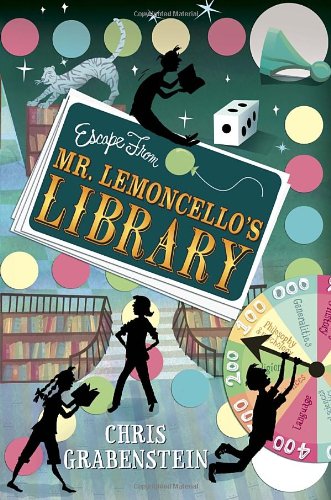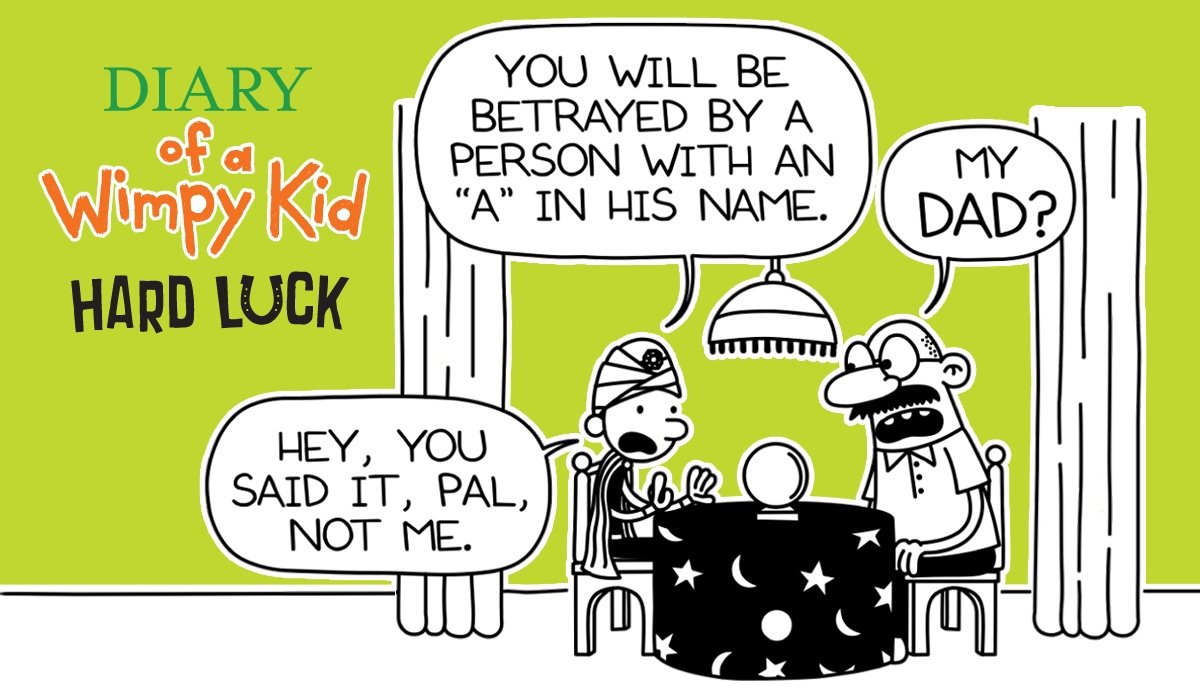Three events have me thinking deeper about music this week. Though separate, they all connect.
First, I finished reading Rob Sheffield’s Turn Around Bright Eyes, which is a wonderful rumination on the power of music (and in Sheffield’s case, Karaoke) to create meaning in the phases of our lives. Second, I have been culling together a bunch of old recordings for a site I am creating at Bandcamp to share out some of my music. Finally, my friends Luke and Joel were musing on tracks this week as Luke wrote about ballads and Joel responded with a look at Smashing Pumpkins.
Sheffield’s book is the second of his that I have read in the past six months (the other is Love is a Mix Tape — another keeper). I read Sheffield all the time in Rolling Stone magazine, but I wasn’t sure if he could sustain a book. He can (at least three books, even), and I am grateful for the way he brings his pop culture lens and thinking about music to how he views life. You’ll have to read Sheffield’s book to get the whole story, but he married young, had tragedy and found love again when he thought it would never happen. Through it all, Sheffield uses his love of music as the lens to see life, and even when he is talking about bands that I don’t know, I am right with him, nodding my head and knowing what he is talking about. Music is one of those things that connects us to the past, he notes, but also connects us to the present moment while still guiding us into the future.
The past is what has been present in my head this past week as I have been culling through tracks recorded with two previous bands over the last 10 years. I’ve been pulling aside songs that I wrote or co-wrote in hopes of bringing a little light on them. A few of them I consider to be gems, captured nicely in the recording studio. A few had been gems that got lost and muddled in the studio. A few surprisingly became gems in the studio. But listening to the tracks is like walking down the path to where I was in time. I’m still writing songs for my current band, and maybe some day we will venture into the studio (although both of the former bands broke up as soon as we were done with recording — so the few of us still left from those previous bands are a little studio-shy, to say the least). But putting on headphones and listening to music I wrote, performed with bands from another time, has been a reminder of how music is, and was, a fabric in my life, weaving the stories of who I am together over time. Sometimes, I forget that and have to be reminded.
Finally, Luke blogged the other day about ballads as a sort of emotional anchor, and then he shared out the tracks he was writing about, too. I am always interested in what songs are other people’s lists, and I was surprised to see Radiohead right at the top. I’d quibble with a few of Luke’s choices (Not a huge fan of Red Hot Chilli Peppers, for some reason, although I could listen to Flea any day) and love that a few are new to me. It’s interesting that Luke’s lens here is ballads, which tug at our heart in ways that stories and words don’t do.
And it occurred to me … what ballads would be on my list? Here are a few, although I am not sure they all fall under the “ballad” banner (see above for the video playlist of most of the songs here. Some are different versions than I remember but still capture the gist of the song):
- Marc Cohn: True Companion (from his debut album). Years later, I can still listen to this track and the way the piano deepens with those low notes and the opening voice, and then how the strings swell in. And Cohn sings about finding that person who seems to make your life complete. I hear this song and my own heart beats a little faster.
- Scott Hamilton — The Very Thought of You (from The Beginning) — Jazz saxophonist Scott Hamilton plays with such an easy and swerve of sound that he often becomes the background when I am cooking or writing. Background is not the right word, though, since his sentiment floats up and out. This track is a favorite because Hamilton floats over the sparse rhythm track.
- Indigo Girls — You and Me of the 10,000 Wars (from Nomads, Indians, Saints) — There was a time … when I was deep into the Indigo Girls, particularly around a period of relationship breakups that seemed to be more 0f a norm than I would have liked. I sank into Emily Salier’s lyrics and voice to get me through, and even today, I can’t hear some of those songs without remembering …
- Seal — Prayer for the Dying (from Seal) — I was stunned when I finally found this album, in one of those “where has this sound been all my life?” kind of moments. His voice and the production (sometimes, over the top, but mostly, just along that edge) gives a feel here that still has me stop in my tracks when the song and album come on. I need to listen. I don’t think Seal ever reached these heights again.
- Chris Isaac – Wicked Game (from Heart Shaped World). One on hand, the slide guitar gives it a feel of too much country (or maybe that is my wife talking in my head). But we play this one my band, and I only do a little back up vocals. Listening to the lead singer belt this one out while I am in the room can give goose pimples because he mostly nails it (it’s hard to hit Isaak’s vocal range). This song, and the video, is forever etched on my mind from the first time I heard/saw it. It’s definitely one where the feel of the video (so sultry and sexy) matched perfectly with the feel of the song.
- Jakob Dylan — This End of the Telescope (from Seeing Things) — I seem to be one of the only people I know who has enjoyed Jakob Dylan’s solo efforts over the years. This track muses on our place on this planet, and how perspectives shift over time. It reminds me of times of confusion and trying to find focus, and how powerful friendships can be during the times of personal turmoil.
- Joan Armitrading — Everyday Boy (from What’s Inside) — I have no idea how I got my hands on a Joan Armitrading disc during a certain time period where I was deep inside myself, but this song and the lyrics stuck with me over time. Then, I sort of let it go. Joan had done her job for me. So, here, listening again as I write this post brings up a lot of the past, and that brings us back to how music does something for our hearts and minds that few other kinds of composing and performance do (Sheffield’s point).
- And finally, every track on The Swell Seasons album, Strict Joy. I guess they have broken up (figures) but this collection of songs, sung with heart-breaking harmony is an amazing headphone experience. It’s not the same when I play it out on speakers — the richness of the language and the depth of the singing get lost in the air. But put this one with headphones, and you transported deep into the heart.
What songs hit your heart?
Peace (in the muse),
Kevin










